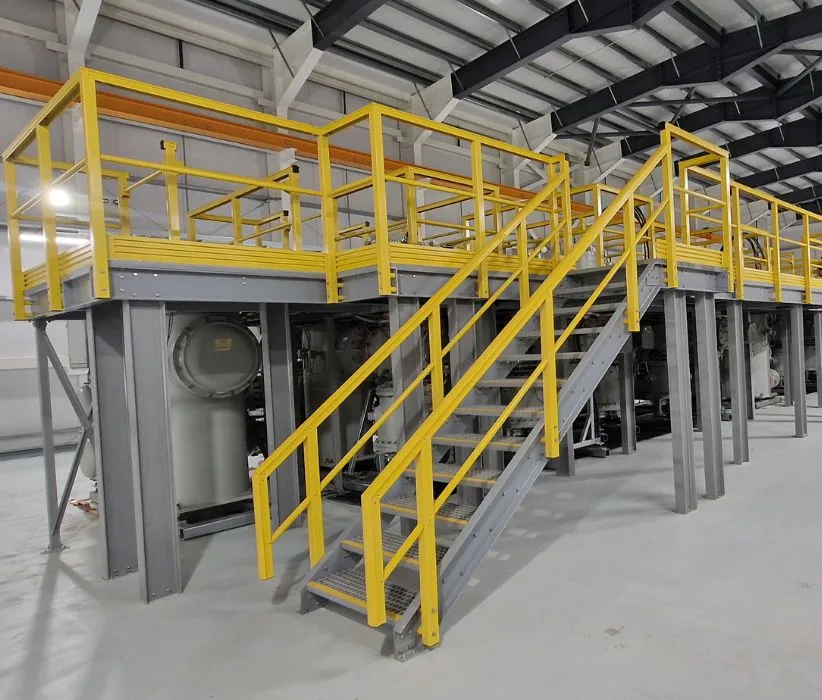loading...
- No. 9, Xingyuan South Street, Dongwaihuan Road, Zaoqiang County, Hengshui, Hebei, China
- admin@zjcomposites.com
- +86 15097380338
- Welcome to visit our website!
Exploring the Features and Benefits of Membrane Housing Systems in Modern Applications
The Role of Membrane Housing in Water Filtration
In the modern world, the demand for clean and safe drinking water is higher than ever. With increasing pollution levels and population density, traditional water treatment methods often fall short. This is where advanced technologies such as membrane filtration come into play. Central to this technology is the concept of membrane housing, which plays a crucial role in the efficiency and effectiveness of water purification systems.
What is Membrane Housing?
Membrane housing refers to the protective casing that encases membrane elements in water filtration systems. These membranes are semi-permeable barriers made from various materials, allowing water to pass while filtering out contaminants such as bacteria, viruses, sediments, and other impurities. Membrane housing is designed to maintain the integrity of these membranes and ensure optimal performance during the filtration process.
Importance of Membrane Housing Design
The design of membrane housing is vital for several reasons
1. Protection Membrane elements are delicate and require a sturdy housing to prevent damage during operation and maintenance. High-quality materials, such as corrosion-resistant plastics or stainless steel, are typically used to enhance durability and longevity.
2. Proper Flow Dynamics Effective filtration requires specific flow rates and pressures. The design of membrane housing must facilitate the correct flow of water through the membranes to prevent clogging and ensure efficient filtration. This involves considering aspects like housing diameter, length, and inlet/outlet configurations.
3. Scalability Membrane housing can be designed for various scales of operation, from small residential systems to large industrial plants. This versatility allows for tailored solutions to meet specific water treatment needs.
4. Ease of Maintenance Regular maintenance is essential to ensure the ongoing effectiveness of filtration systems. Membrane housing designs often include features that make it easier to inspect, replace, or clean membranes. This can involve quick-release clamps or access ports that simplify the servicing process.
membrane housing

Types of Membrane Technology
Several types of membrane technologies utilize membrane housing, each with its unique applications
- Reverse Osmosis (RO) This technology uses a semi-permeable membrane to remove a wide range of contaminants, including dissolved salts and organic compounds. RO systems are commonly used for desalination and in applications requiring high purity water.
- Ultrafiltration (UF) UF membranes have larger pore sizes than RO membranes and are ideal for removing larger particles such as bacteria and suspended solids. They are often used in municipal water treatment and industrial processes.
- Nanofiltration (NF) NF membranes fall between RO and UF, effectively removing divalent ions and larger organic molecules while allowing monovalent ions (like sodium) to pass through. This is particularly useful in certain wastewater treatment applications.
Future of Membrane Housing Technology
The field of membrane technology is constantly evolving, and with it comes innovation in membrane housing designs. Researchers are exploring advanced materials that offer better chemical resistance, reduced fouling tendencies, and enhanced permeability. Furthermore, as sustainability becomes a key focus in water treatment, membrane technologies are being integrated with renewable energy sources to reduce operational costs and environmental impacts.
Conclusion
In conclusion, membrane housing is a critical component of modern water filtration systems. Its design and functionality directly impact the performance and efficiency of various membrane technologies used in water purification. As the global demand for clean water continues to rise, the innovation and refinement of membrane housing will play a pivotal role in ensuring access to safe drinking water for all. By investing in advanced membrane filtration systems with robust housing designs, we can move toward a cleaner and more sustainable future for water treatment.
-
The Rise of FRP Profiles: Strong, Lightweight, and Built to LastNewsJul.14,2025
-
SMC Panel Tanks: A Modern Water Storage Solution for All EnvironmentsNewsJul.14,2025
-
GRP Grating: A Modern Solution for Safe and Durable Access SystemsNewsJul.14,2025
-
Galvanized Steel Water Tanks: Durable, Reliable, and Ready for UseNewsJul.14,2025
-
FRP Mini Mesh Grating: The Safer, Smarter Flooring SolutionNewsJul.14,2025
-
Exploring FRP Vessels: Durable Solutions for Modern Fluid HandlingNewsJul.14,2025
-
GRP Structures: The Future of Lightweight, High-Performance EngineeringNewsJun.20,2025
